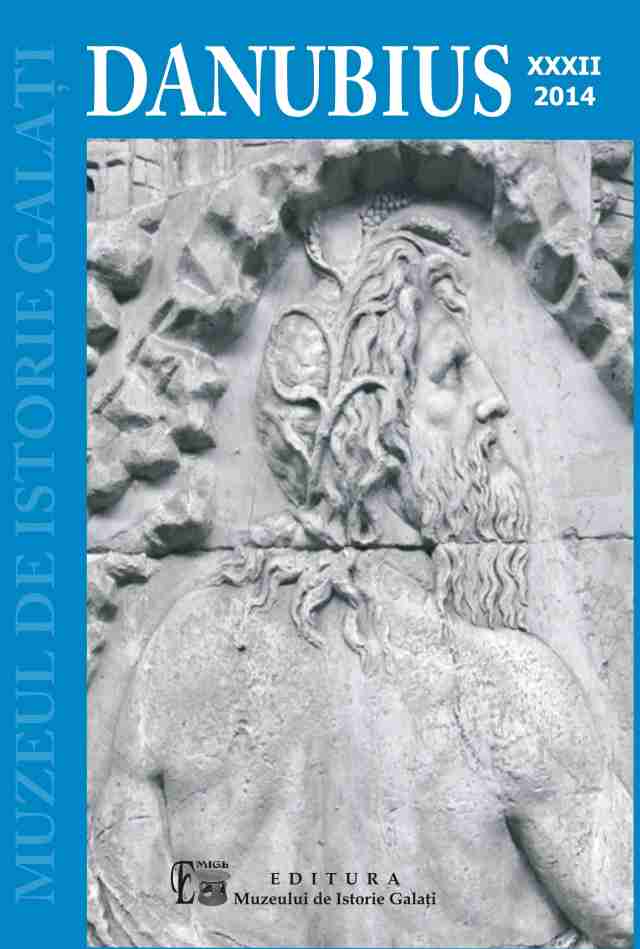Amfore descoperite întâmplător, aflate în colecţia Muzeului de Istorie „Teodor Cincu” – Tecuci
Fortunate Discoveries of Amphorae, from the Collections of “Teodor Cincu” History Museum, from Tecuci
Author(s): Paul CiobotaruSubject(s): Archaeology
Published by: Muzeul de Istorie „Paul Păltănea” Galaţi
Keywords: amphorae; fortunate discoveries; Romans; Dacians; Galaţi; Tecuci; Poiana; Piroboridava; trade.
Summary/Abstract: In time, several amphorae, entire or broken, gathered in the collections of “Teodor Cincu” History Museum from Tecuci, as the results of some fortunate discoveries. Usually, they showed up on the occasion of various building activities or during farming works. Some of them could be related to particular contexts (tombs etc.), while others couldn’t be related to any context either because nothing else was discovered along with them, either because no supplementary researches had been carried at the place of discovery. The present paper will present ten amphorae identified in the collections of the museum during the regular inventory of the patrimony. Of the ten amphorae, only nine belong to the collections of the museum, one belonging to “Sf. Parascheva” Church, from Lieşti. The amphorae presented here are dated to the first century A.D. (Malu Alb – pl. 2/1), II-nd – III-rd centuries A.D. (Malu Alb – pl. 2/2; Lieşti – pl. 3/3; Tecuci – pl. 2/5, 6, 7; Valea Mărului – pl. 3/1) and IV-th – V-th centuries A.D. (Umbrăreşti – pl. 2/3, 4; Valea Mărului – pl. 3/2; unknown location – pl. 3/4). The amphorae are of Roman origin and reached those places through the trade between the Romans and the local people. They were used as recipes for carrying the Roman products to the local communities which, at their turn, offered grains, honey, wax, animal skins etc. The transportation of these assets was done by the ships sailing on the navigable rivers (Siret, Pruth etc.). The major market in the area was the settlement from Poiana (Piroboridava). From that point, the goods were directed towards the small settlements from the surrounding area, which were within Poiana’s sphere of political and economical influence. After the termination of the inhabiting at Poiana, in the II-nd century A.D., the local communities from Poiana’s neighborhoods continued the trade with the Romans.
Journal: Danubius
- Issue Year: XXXII/2014
- Issue No: 1
- Page Range: 71-87
- Page Count: 17
- Language: Romanian

